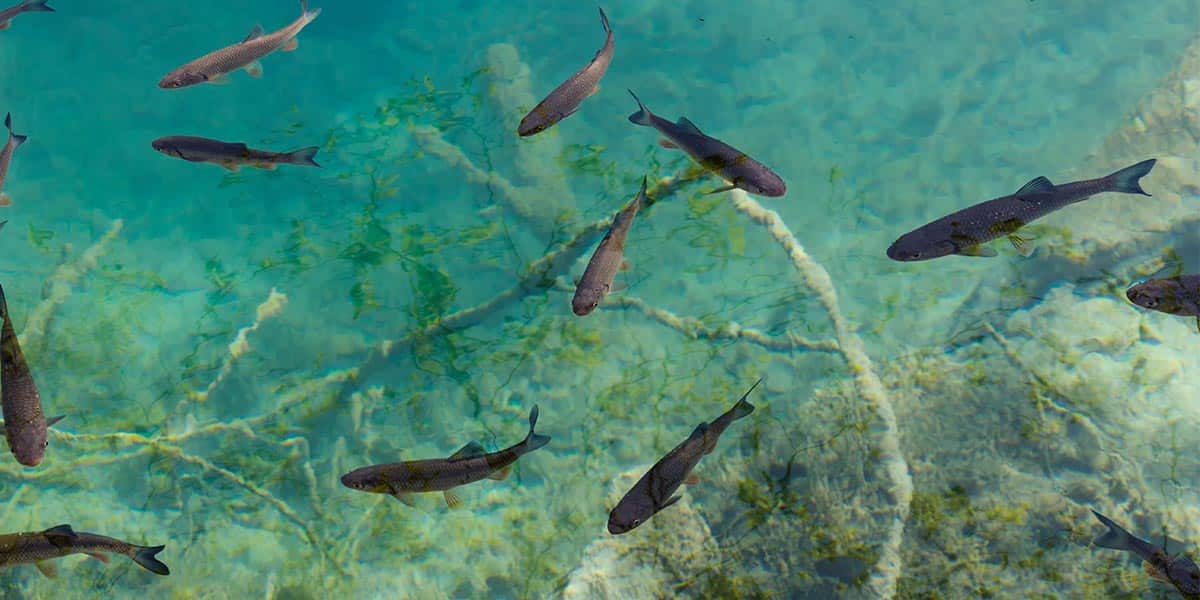Rivers across the globe are experiencing unprecedented rates of warming and loss of oxygen, endangering aquatic life. Recent findings from a Penn State-led study reveal that among almost 800 rivers examined, a staggering 87% have been warming, while 70% have been losing oxygen.
For areas like the American South, the future could be even bleaker. Projections indicate that within seven decades, some of these river systems could reach critical oxygen levels, making them uninhabitable for particular fish species, leading to a drastic reduction in aquatic biodiversity.
“A global wake-up call”
Li Li, affiliated with Penn State and an expert in Civil and Environmental Engineering, expressed deep concern, labeling the findings a “global wake-up call.” Using advanced AI and deep learning, researchers from Europe and the U.S. analyzed historical water quality data from various rivers. The discoveries have raised eyebrows, especially given the close relationship between humans and rivers. It’s worth noting that a significant proportion of Americans live in close proximity to rivers or streams.
Consistent river data has historically been elusive, making it challenging to fully understand the health of these vital waterways. Wei Zhi, also of Penn State, highlighted that while river temperature and oxygen levels are critical indicators of their health, they’ve often been sidelined due to inconsistencies in data. However, the team’s innovative approach using deep learning has shed new light on this issue.
Urban vs agricultural
By training their computer model on diverse data, from sunlight to soil types, the researchers analyzed the health of 580 U.S. rivers and 216 in Central Europe. The data brought forth some unsettling revelations. Rivers flowing through urban areas are heating at the most accelerated rates. On the other hand, those traversing agricultural regions, though warming more gradually, are deoxygenating at a faster pace.
The implications of these findings are massive. Previously, it was believed that smaller water bodies like rivers wouldn’t lose oxygen as rapidly as vast ones like oceans. This research dispels that notion. Urban rivers are warming the fastest, while agricultural ones, though warming slowly, are deoxygenating at an alarming rate. Future projections, based on this model, indicate deoxygenation rates that are up to 1.6 and 2.5 times higher than historical figures.
If this trend persists, the consequences will be devastating. We might witness the extinction of certain fish species due to extended periods of low oxygen, posing a considerable threat to the overall aquatic diversity
Aquatic life restoration
While the above paints a daunting picture, not all hope is lost. A case study from Nicaragua’s Tiscapa Lagoon, once devastated by pollution and eutrophication, offers a potential remedy. Here, the Municipality of Managua adopted the LG Sonic MPC-Buoy system, which uses low-power ultrasound to tackle algae growth, a primary reason for reduced oxygen levels that used to eliminate aquatic life in the lagoon. This technology, environmentally friendly and targeted, revitalizes aquatic life by improving oxygen levels.
The onus isn’t just on scientists and researchers; it’s a collective responsibility. By acknowledging the problems, understanding the potential solutions, and acting, perhaps the gloomy projections for our rivers can change. Nicaragua’s example might be a drop in the ocean, but it’s a start. And sometimes, a small start is all we need.
